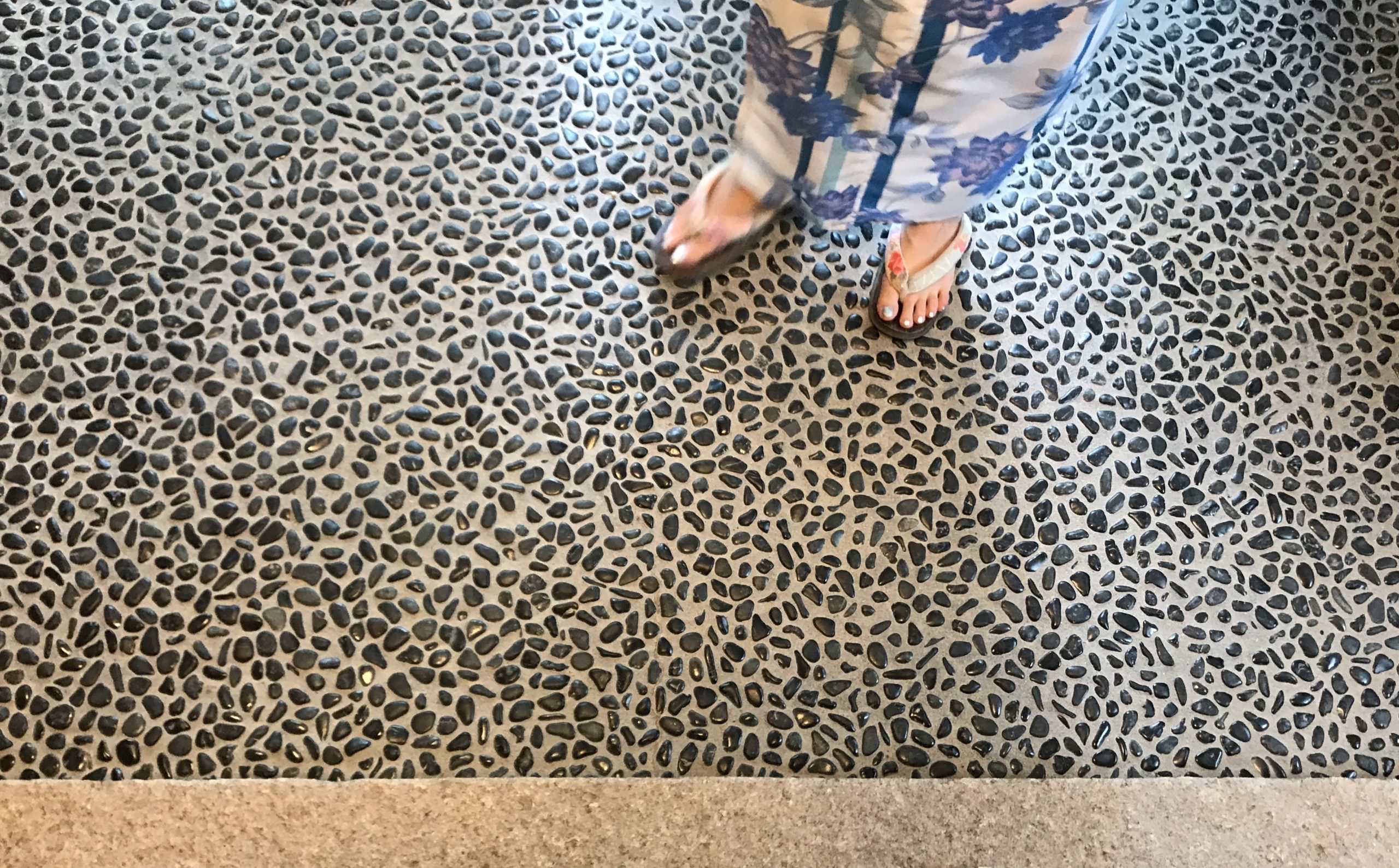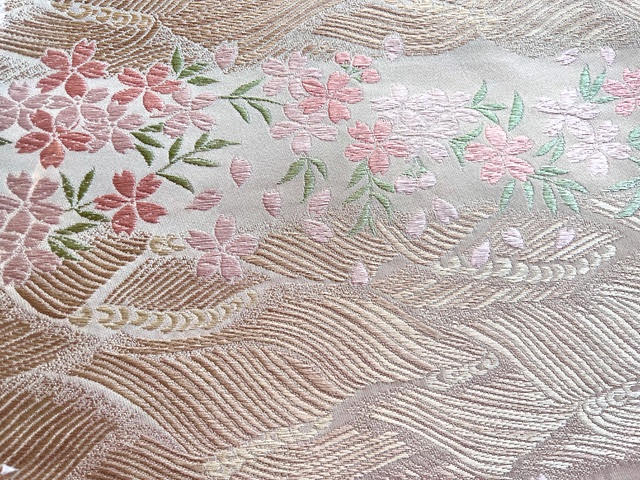Inspired by my time in Japan, I have decided to use OBASHO in relation to Japanese textiles and in particular vintage and new kimonos which I use in conjunction with my Colour Analysis and Design activities.
I started my facination for the Japanese textile crafts during my time in Japan. Japanese textiles include silk, hemp, linen and cotton that are woven, dyed and embroidered into various forms—from crafts originating from folk designs to complex silk weaves intended for the upper classes.


Village crafts that evolved from ancient folk traditions also continued in the form of weaving and indigo dyeing—by the Ainu people of Hokkaidō (whose distinctive designs have prehistoric prototypes) and by other remote farming families in northern Japan.

Traditional craft textiles are typically used primarily for Japanese clothing, such as long, thin bolts of cloth (tanmono) used to sew kimono, yukata and furisode, as well as other types of kimono. Historically, these textiles would have been used to sew the kosode (the historic precursor to the kimono). They are also used to sew obi, the sash worn with a kimono. Accessories such as kanzashi are also commonly made from textiles such as kinsha and chirimen (smooth crêpe and textured crêpe respectively). Traditional footwear, such as geta, zōri and okobo, also use textiles in the form of hanao, the fabric thongs used to hold the shoe on the foot; some okobo also feature brocade fabric around the body of the shoe.




